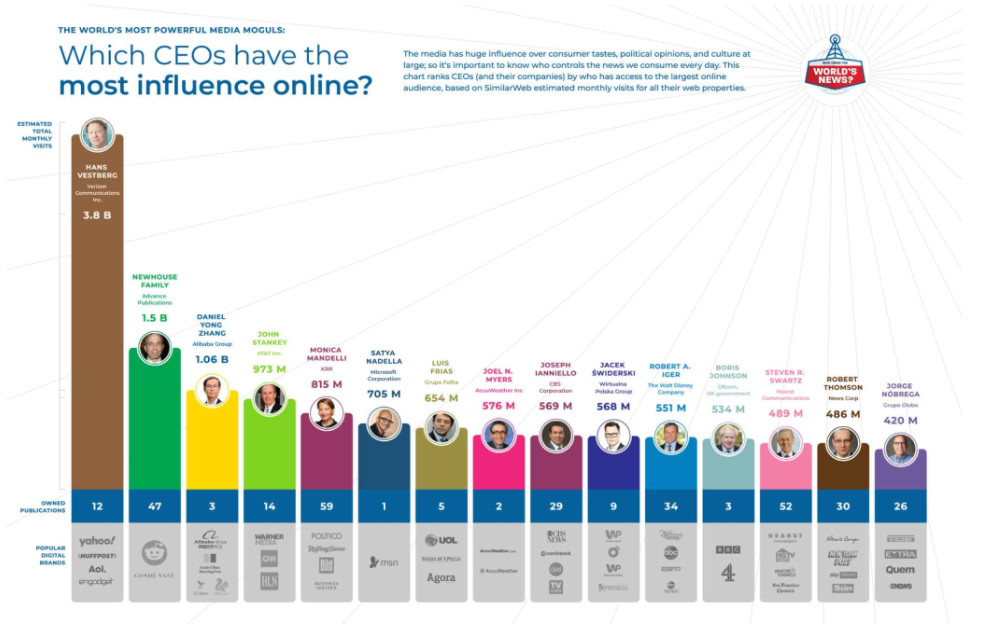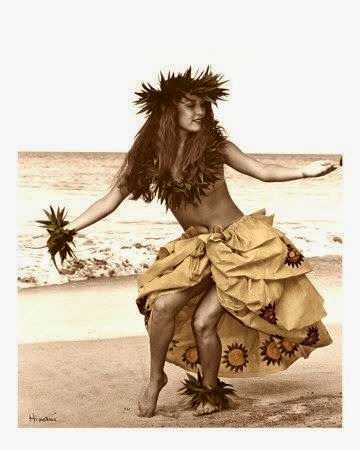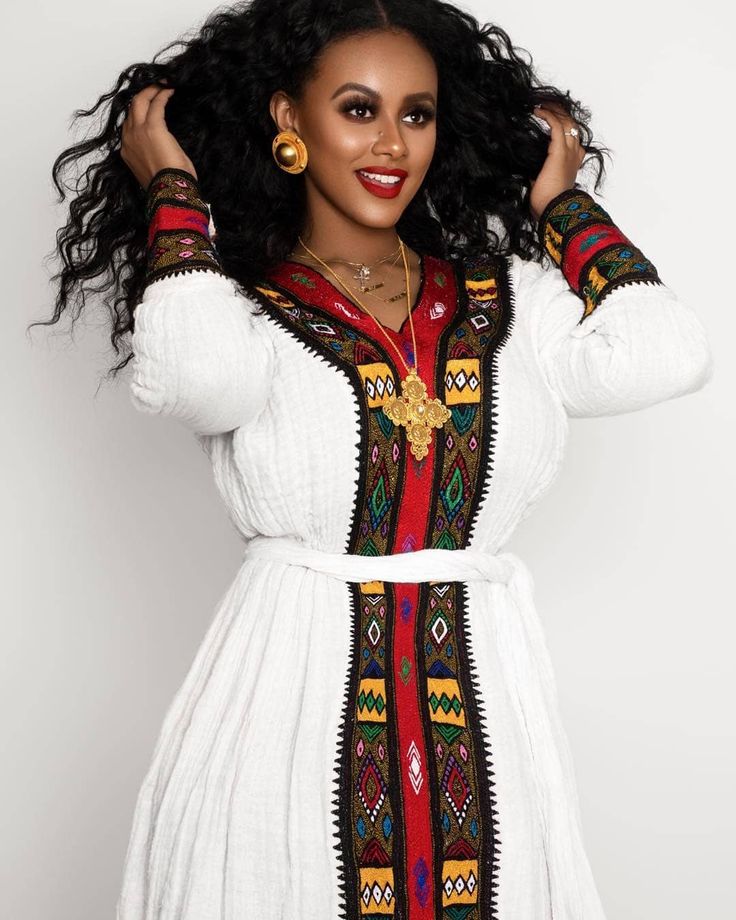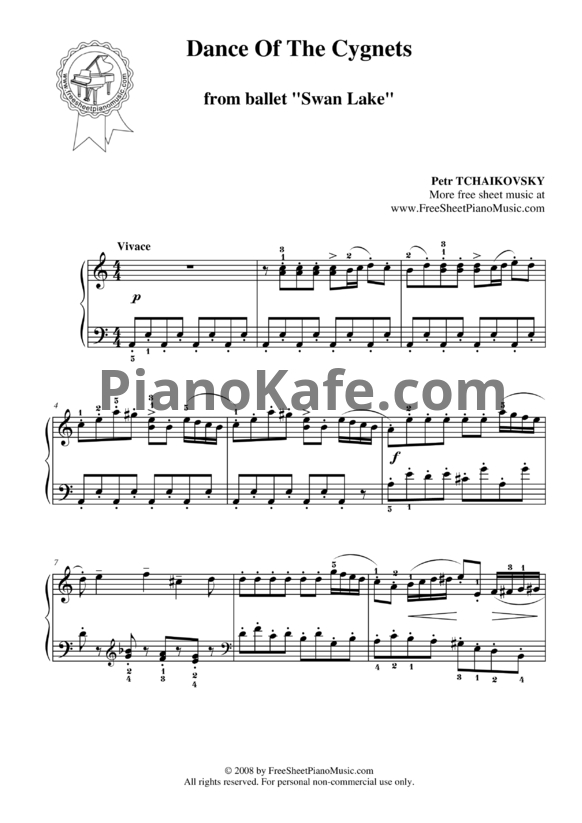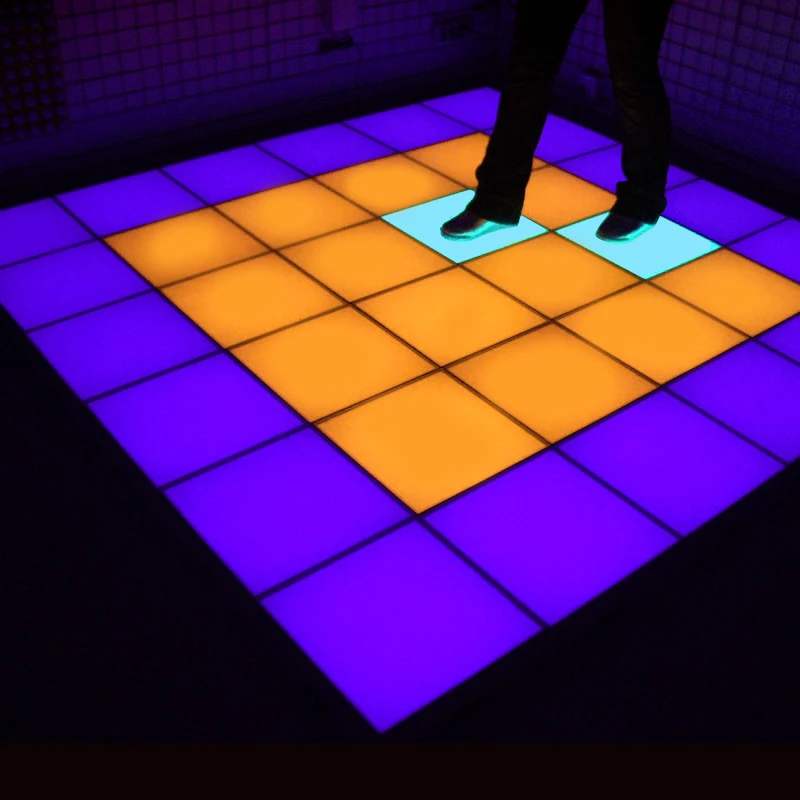How has the media influenced dance
Has Social Media Changed How We Experience Dance in Public Spaces?
When choreographer Stephan Koplowitz presented Natural Acts in Artificial Water in Houston’s Gerald D. Hines Water-wall Park in 2012, he hired a professional videographer to document the performance. But when he looked over the footage, he found that one section of the piece hadn’t gotten enough coverage. “I put out a call to my cast and said, ‘Did any of your friends video this part of the piece?’ ” Koplowitz remembers. “And I got footage that I ended up using, from someone who had filmed it with either a small video camera or their iPhone.”
Today this kind of story seems unsurprising. But even a decade ago, it wasn’t as easy to capture photos and videos of dance at our fingertips, to share them with our friends, or to look up footage of the dancers we love online.
And while it’s true that you’re more likely to see people sneaking their phones out in the theater these days, this has arguably had the greatest impact on dance in public spaces—the types of performances where audiences are allowed, and sometimes even encouraged, to engage with the work through their phones.
luciana achugar’s
New Mass Dance in Times Square in 2018 Rachel Papo
Especially in the last 10 years, it’s become increasingly common to see public dance works gracing our social media feeds. You can find dance in museum galleries, in parks or outside famous buildings. In 2018, Times Square Arts partnered with Danspace Project to present three site-specific works in the heart of one of the busiest intersections in the world. Before last year’s official opening of The Shed, a new performance venue in Manhattan, the space built excitement with a free outdoor preview festival, which included a reimagined William Forsythe pas de deux and a program by flex artist Reggie “Regg Roc” Gray, among others—taking advantage of passersby’s subsequent social posts to promote the opening.
Amidst all of this, how is the work itself faring? Social media is often credited with increasing exposure for dance, or helping to engage younger audience. But is it also changing how we watch site-specific dance, or affecting what gets programmed in the first place?
But is it also changing how we watch site-specific dance, or affecting what gets programmed in the first place?
It’s not unusual for notions of how audiences should behave to evolve over time, says choreographer and speaker Sydney Skybetter, who often looks at the intersection between dance and technology. And with an influx of content on social platforms, like people filming themselves dancing for TikTok, the internet has broadened the dance community and made it possible to be a performer or an audience member in many different ways.
“This is maybe another opportunity to think really carefully about what a ‘dance community’ is constituted of,” Skybetter says. “Is it constituted of institutions, or is it a constellation of creators and audiences, curators and retweeters?”
In the case of site-specific dance, that community has to choose the experience they want to have. “Whether somebody’s yelling to put the phone down or somebody can’t wait to pick the phone up, this is about meaning-making,” Skybetter says. Some studies suggest that we’re more likely to forget about an experience we’ve photographed, but there can also be joy in reliving an experience by looking through photos later. “It’s making the decision for yourself as an audience member. Which kind of experience do you want to foreground: the one in the present or the one in the future?”
Some studies suggest that we’re more likely to forget about an experience we’ve photographed, but there can also be joy in reliving an experience by looking through photos later. “It’s making the decision for yourself as an audience member. Which kind of experience do you want to foreground: the one in the present or the one in the future?”
Limor Tomer, general manager of MetLiveArts, has programmed artists such as Silas Farley, Andrea Miller and Monica Bill Barnes at the Metropolitan Museum of Art. She admits that it can be annoying to watch people viewing a performance through their screens, but she also understands the impulse to take ownership over an experience.
“It’s a little bit like ‘I was there, this is my mark, this is my version of it. It’s a personal exchange between me and the dancers,’ ” she says. “It’s the same thing that makes people sign their name on a monument.”
Koplowitz, who has been creating site-specific dance since the 1980s, first started noticing a difference when audiences began bringing small digital cameras or basic camera phones to performances.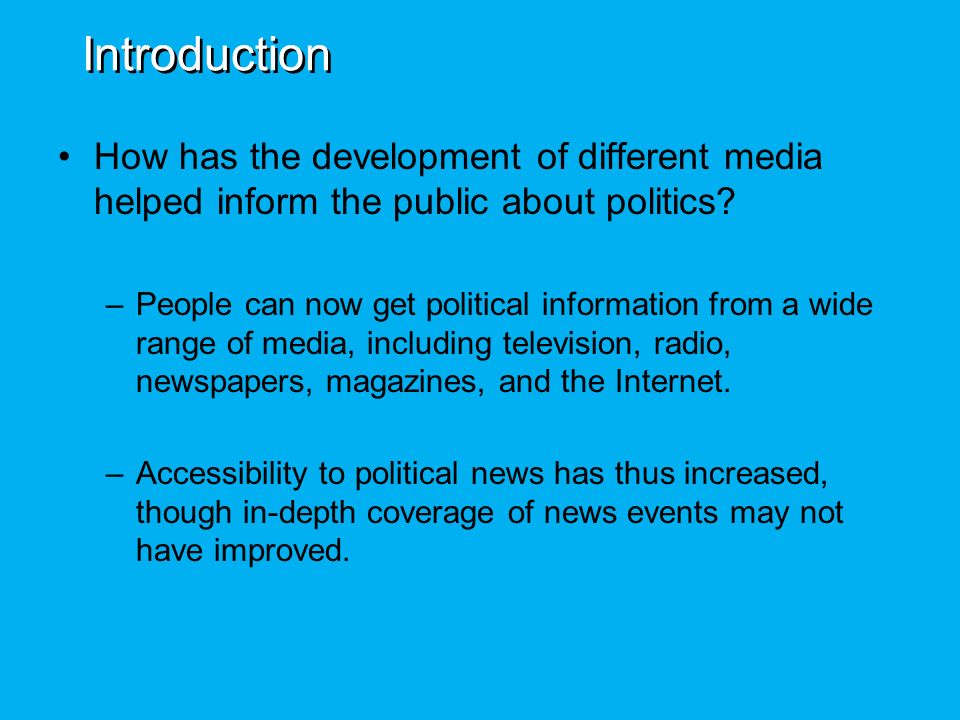 With the release of the first iPhone in 2007, the number of people viewing performances through a lens exploded.
With the release of the first iPhone in 2007, the number of people viewing performances through a lens exploded.
“Sometimes I feel people are distracted or not experiencing the work as fully as possible because they’re so busy recording it or taking photographs,” he says.
Still, he points out that the unpredictability of the audience has always been part of site-specific work. “As a site artist, you have to allow what happens with an audience to happen, and you have to accept it,” he says. “On some level you want people to be standing or sitting there in rapt attention. On the other hand, we’re in the middle of Fifth Avenue and 42nd Street.”
A hip hop battle at the Metropolitan Museum of Art
Paula Lobo, Courtesy Met Museum
Presenting dance in a public space automatically has a different set of guidelines than a traditional theater would, argues Lili Chopra, curator of the Lower Manhattan Cultural Council’s River to River Festival, a free summer arts festival in New York City. “You know that you need to create a different type of environment, and that the work needs to let go of the necessity of a real formality that you find in the context of a theater.” she says. “So in a sense, I don’t feel that seeing people engaging with the work in different ways is a distraction. I think it’s about being able to open up the doors to so many more potential audience members, and welcoming different behaviors.”
“You know that you need to create a different type of environment, and that the work needs to let go of the necessity of a real formality that you find in the context of a theater.” she says. “So in a sense, I don’t feel that seeing people engaging with the work in different ways is a distraction. I think it’s about being able to open up the doors to so many more potential audience members, and welcoming different behaviors.”
Whether those new potential audience members will go on to buy tickets to future dance performances, Chopra isn’t sure. To her, it’s more important that social media can help dance become part of a larger conversation. “The cumulative effect of having 15,000 people post photos—that’s important,” adds Tomer. “That’s going to change the field in a good way, and it changes the way people think about dance.”
The work also takes on a life of its own online. We’re often used to thinking of dance as an ephemeral, of-the-moment art form, but in the online world, in a way, a dance performance never really ends. “Performance happens in the moment, but then it has this long tail of consumption and resharing, possible virality,” Skybetter says. “The performance happens again and again, and it doesn’t necessarily ever go away.”
“Performance happens in the moment, but then it has this long tail of consumption and resharing, possible virality,” Skybetter says. “The performance happens again and again, and it doesn’t necessarily ever go away.”
This can be a good thing, in terms of spreading the work to more people, but it can also add new challenges. “There’s a lot of competition for eyeballs,” Koplowitz says. “There’s been a real democratization in terms of how people have access to it, and in a sense, the bar is higher for people to get noticed.”
Though she’s well aware of the tendency among museums to program dance with the hope of bringing in more young people, Tomer doesn’t choose work based on how it will look on Instagram. “The point of doing a performance in a gallery is not to use the gallery as a beautiful, expensive backdrop,” she says. “It’s to somehow move the scholarship forward on both the choreography and the work of art, so if that’s not happening, then it doesn’t need to happen in a gallery.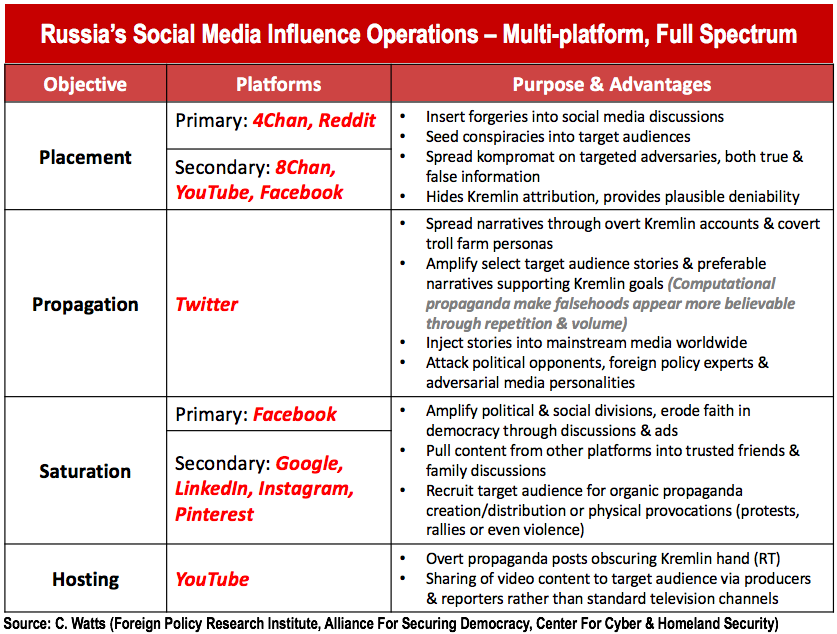 It should happen at The Joyce, where you can control for lighting and have a nice stage and not break the dancers’ knees.”
It should happen at The Joyce, where you can control for lighting and have a nice stage and not break the dancers’ knees.”
Still, Tomer does find that the inevitability of a piece ending up on social media can force artists to take certain things into consideration when making it.
“I do think some choreographers are keenly aware of the fact that they’re being filmed all the time, and that affects their decisions—spatial decisions, everything from costuming to movement,” she says. During open rehearsals in public galleries at the Met, they also have to adjust to museumgoers wandering through and photographing or filming them at work—sometimes even coming up to ask questions.
Taylor Stanley in Pam Tanowitz’s
time is forever dividing itself by innumerable futures Whitney Browne, Courtesy River to River
Koplowitz points out that site-specific dance has always been used to promote certain locations, or draw people to them.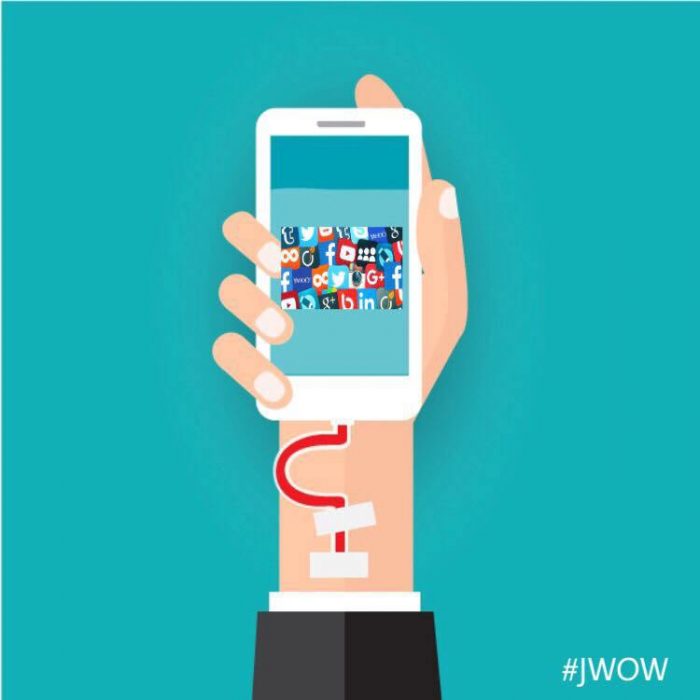 When the British Library was moved to a new, unpopular location in 1998, for instance, he was commissioned to create a piece that could help attract more positive attention to the new space. “In some ways,” he says, “nothing has changed.”
When the British Library was moved to a new, unpopular location in 1998, for instance, he was commissioned to create a piece that could help attract more positive attention to the new space. “In some ways,” he says, “nothing has changed.”
We still have a lot to learn about what all this means for the future of performance. “We have the benefit of 400 years of understanding how proscenium performance has worked—the internet has only been around for a couple decades,” says Skybetter.
He sees opportunities for artists to make these new platforms work for them, rather than the other way around. “There’s a way here for choreographers and dance artists to lead, to not just respond to the zeitgeist but shape how these technologies are developed,” he says, naming examples like Kate Ladenheim, who’s experimented with augmented reality; or Larry Keigwin, one of the earliest dancemakers to explore cell phone culture in his site-specific work, even incorporating phones into some pieces.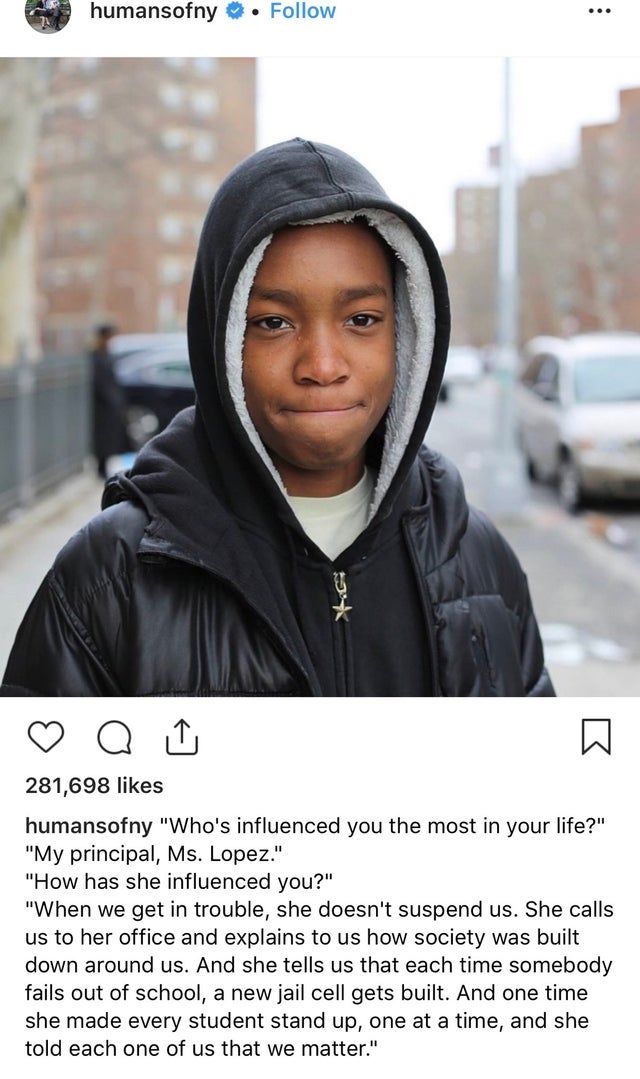 “These artists aren’t just trying to take a proscenium dance and put it on the internet, but trying to radically redefine how dance functions,” Skybetter says.
“These artists aren’t just trying to take a proscenium dance and put it on the internet, but trying to radically redefine how dance functions,” Skybetter says.
Tomer agrees, citing The New York Times‘ #SpeakingInDance series, a made-for-Instagram collection of bite-sized videos that explore various corners of the dance world. “It’s designed for social media and it’s beautiful and it works,” she says. “It’s not about documentation. It’s about creating work for that platform, which I love.”
For now, it’s still possible to enjoy both the had-to-be-there uniqueness of a live experience and its social media afterlife. Chopra points to last year’s premiere by Pam Tanowitz at River to River, in Rockefeller Park. Because the first performance got rained out, she says the dancers became even more eager to perform, creating a particularly special energy. Some people in the crowd—a mixture of die-hard dance fans and passersby—took out their phones, or wandered the park, while others stood in silent attention.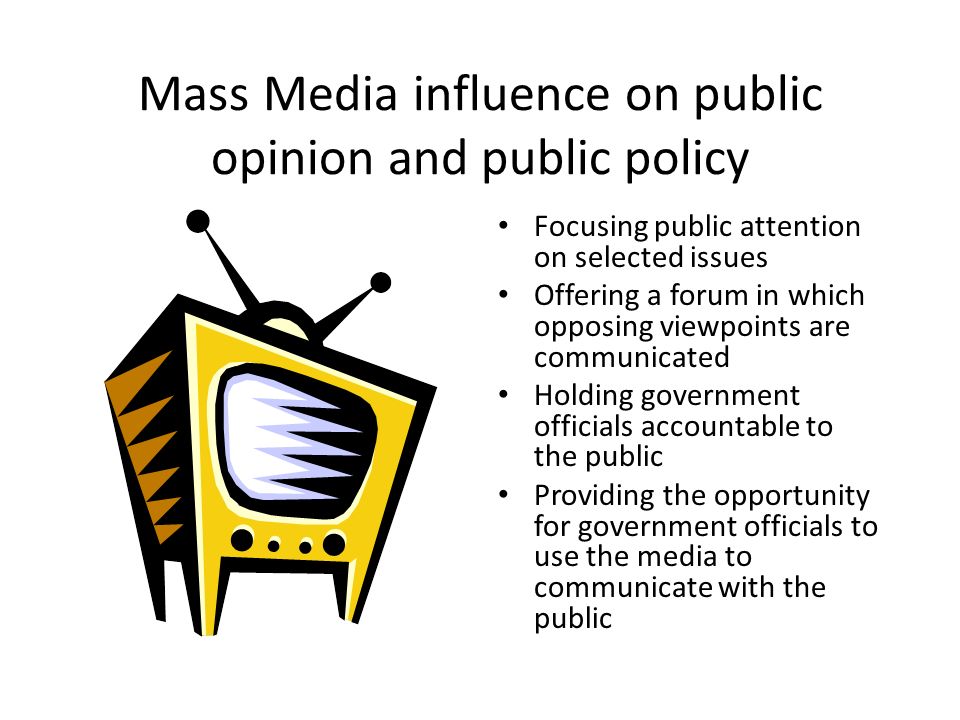 The dancers, clad in green, traversed the park with their movement, sometimes finding themselves far from the audience, and other times creating an intimate atmosphere.
The dancers, clad in green, traversed the park with their movement, sometimes finding themselves far from the audience, and other times creating an intimate atmosphere.
“It’s finding the right balance between complete chaos and yet being able to create these kinds of exquisite moments of sharing,” Chopra says.
Social media for dancers: The pros and cons
Social media. It’s infiltrated every part of our life — our relationships, travel, work, news, school and entertainment. Technically, social media includes any website or application that enables users to create and share content within a social network. Take a moment to think about how many times you utilize social media per day. That’s not only Facebook, Instagram, Tik Tok, Twitter and Snapchat but also Yelp, blogs, YouTube, Pinterest, Reddit and more. And especially in the past year and change, our lives – and the social media we use in it – have completely flipped upside down. During periods of quarantine and being apart, social media has allowed us to reconnect with friends of the past and make new ones.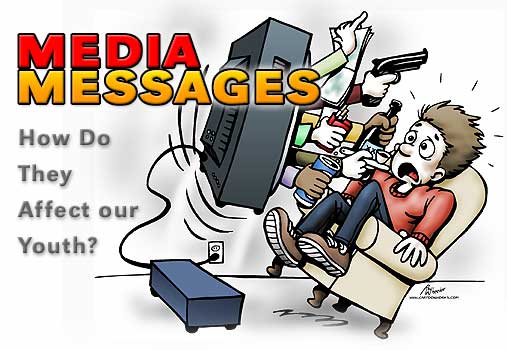 When companies’ seasons were canceled, technology and social media allowed them to still have a presence.
When companies’ seasons were canceled, technology and social media allowed them to still have a presence.
But is this all good? Do we rely on social media too much, or does too much time on our devices have an adverse effect on our mental health? There are positive and negative effects of social media on our society at large, but how does it affect the dance world in particular? Let’s take a closer look.
PRO: So much dance
Social media allows dancers, choreographers, teachers, audiences and fans to post and share dance to a nearly infinite internet audience. We have so much archival material, historical information and visual resources at our fingertips and are inundated with new and innovative content every day.
CON: Tech neck
“Tech neck” is the poor posture we’ve developed from hunching over our cell phones, keyboards and laptops. Joy Karley, a ballet and Pilates teacher over at Broadway Dance Center, worries that today’s tweens have the posture of 80-year-olds. To combat tech neck, strengthen your upper back muscles in Pilates and ballet classes, and be mindful of your head and neck placement when you do use technology.
To combat tech neck, strengthen your upper back muscles in Pilates and ballet classes, and be mindful of your head and neck placement when you do use technology.
PRO: Reach
Social media has broadened dance’s audience beyond those sitting in a live theater or tuning in to watch a TV program. We don’t just watch; we can also connect with dancers and organizations around the world.
CON: Comparison
Putting your work – your art – online can be incredibly scary. It’s easy to obsess over how many likes you get and how people respond to your content. This comparison often leads to feeling like you’re not good enough.
PRO: Bringing live dance to your living room
Throughout COVID, when dance companies’ performances were canceled and theaters were closed, directors and choreographers turned to technology and social media to still let their work be seen. Classes and behind-the-scenes footage were made available on Instagram Live, and entire full-length productions were live-streamed on YouTube and Facebook, showing that not even a pandemic could stop the dance world.
CON: There’s nothing like live, in-person performance, though.
Even after the pandemic and when all theaters have returned to normal, will some directors still choose the virtual performance option over a live, in-person show? Nothing can replace the feeling of sitting in a room full of strangers, living and breathing a performance together. There are no distractions from the upstairs neighbor, there are no snacks to be had; that hour-and-a-half is made for enjoying the truly special live art form of dance.
PRO: Engagement
Social media is just that: social. It fosters engagement between creators and audiences and, when used effectively, often cultivates meaningful conversation.
CON: Filming class
Dance class should be a safe space where students can be empowered to take risks without feeling ashamed if they fall down or mess up. While filming dance class has become the norm (especially in musical theater, jazz and street styles), this should not be the priority of class. What’s more, filming class combinations has become so casual and common that sometimes dancers will record on the side of the studio without even asking permission from the teacher or the other dancers in class.
What’s more, filming class combinations has become so casual and common that sometimes dancers will record on the side of the studio without even asking permission from the teacher or the other dancers in class.
PRO: Platform
For so long, dancers were meant to be seen and not heard. Now, our individual voices and collective voice are growing ever stronger.
CON: Filming performances
The next time you’re at a live theater performance, look around to see how many people are watching through their iPhone camera. It’s mind-blowing. Filming is not only distracting for the performers and other audience members, but it is also illegal and negates the magic of live performance.
PRO: Branding
Organizations and individuals can use social media to build their brand. Think of the image, copy and messaging of New York City Ballet or Broadway Dance Center. And also look at the channels of popular dancers like Katie Boren, Ashley Everett or Maddie Ziegler to see how each dancer is able to show her personality and professional abilities through social media.
CON: Getting jobs
In both the commercial and theater worlds, casting directors often ask you to include your social media handles on your resume. Your number of followers and online image can make or break whether you book a big job.
CON: Hate
Whether it’s gossip, criticism or outright bullying, social media is a breeding ground for hate. For some reason, people feel more confident airing their grievances online, often posting things they would never say in person. As an example, one dancer published a Facebook post mocking a recent Broadway revival. Well, that dancer made her Broadway debut in that very show just months later and had to personally apologize to each member of the cast. Our business is tough enough. Don’t contribute to the hate.
PRO: Promotion
Social channels like Instagram and Twitter offer free (and also relatively inexpensive) marketing tools for teachers, choreographers, studios and performing arts organizations. It has become so much easier to advertise classes, shows and services and to increase awareness of issues in our community (i.e. #boysdoballet).
It has become so much easier to advertise classes, shows and services and to increase awareness of issues in our community (i.e. #boysdoballet).
CON: Pressure
As if filming class wasn’t enough of an invasion, auditions are often filmed nowadays as well. Behind-the-scenes segments are always intriguing and great for marketing a new show, but that added pressure at auditions is every dancer’s worst nightmare.
Social media rules of thumb:
#1. Keep class a safe space.
Honor the sanctity of the dance studio. Class should first and foremost be an encouraging, challenging and motivating environment to foster growth, creativity and artistry. If you (teacher or student) are hoping to record the class combination, ask permission from everyone in the studio and save filming for the very, very end of class.
#2. Live theater should be experienced live.
We’re on our phones over three hours each day. When you’re seeing a live performance, put your phone away so that you can really be present to the experience. Encourage your peers to do the same.
#3. Advertise classes that will be filmed.
Learning to dance for the camera is a tremendous skill! If you want to focus on this, advertise your class accordingly and take the time to teach and practice how dance for film differs from dance on stage.
#4. Always be professional.
That goes for when you’re on stage, in the studio and online. This industry is incredibly small, and no matter how much talent you have, your reputation always precedes you. Make sure it’s one you can be proud of.
#5. Dance for you.
Don’t dance for comments or likes or with the goal of going viral. Never lose sight of creating meaningful art, honing your craft and performing simply because you love to.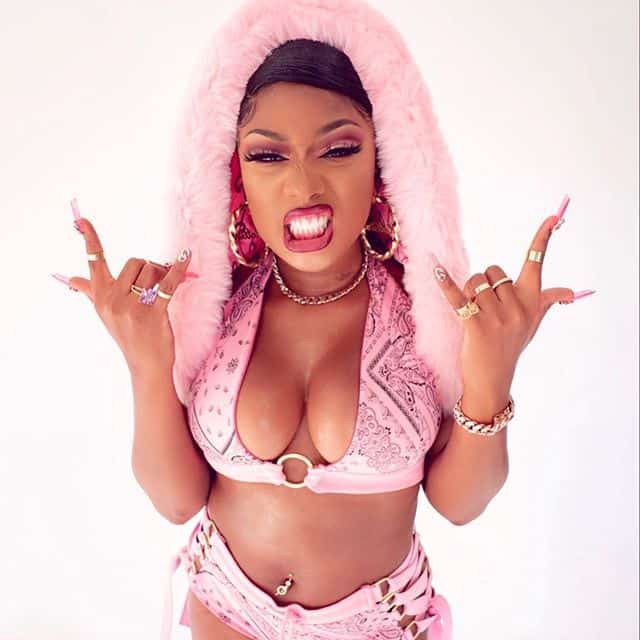
By Mary Callahan of Dance Informa.
Related Items:Ashley Everett, dance health, dancer health, Facebook, Instagram, Joy Karley, Katie Boren, Maddie Ziegler, New York City Ballet, social media, social media for dancers, social media tips, tips and advice, Twitter
From autism to stroke: dancing in the service of medicine and psychotherapy
© Sergey Fadeichev/TASS
Today is International Dance Day! There are few people who have never danced in their lives - even a clumsy waltz at a school party. And how often do we dance unconsciously, just nodding to the beat of the music? By the way, you can dance not only for pleasure, but also for health benefits. Here are some examples
"Dance for me for a minute and I'll tell you who you are," the great dancer Mikhail Baryshnikov once said. You can also say this: dance, and you will understand what you are capable of. Dancing classes introduce the body into a special state, people have noticed this at all times. It is no coincidence that dance - even to the simplest accompaniment - exists in all cultures. And in recent years, scientists and therapists are discovering more and more healing and developmental properties of this activity.
It is no coincidence that dance - even to the simplest accompaniment - exists in all cultures. And in recent years, scientists and therapists are discovering more and more healing and developmental properties of this activity.
Dancing helps you learn to speak
Unexpected, right? It would seem, what does it have to do with it, if all communication during the dance takes place in “body language”. But it turns out that one is related to the other. As Stephen Brown and Lawrence Parsons point out in "The Neurophysiology of Dance," it does indeed have much in common with early forms of speech. Up to the point that during dance movements the same area is activated in the brain as when pronouncing words. Perhaps, initially, our ancestors used gestures and sounds to communicate equally, but then it was the sound form that prevailed.
What about training? Here, too, there is a curious theory that emphasizes rhythm in the development of speech. We have a built-in internal "conductor" - the cerebellum, located at the back of the brain. Its task is to receive information from different sensory systems - auditory, visual, tactile - and then use it to maintain balance and plan movements. The production and understanding of speech also belongs to his “competence”. After all, speech is also rhythmic.
Its task is to receive information from different sensory systems - auditory, visual, tactile - and then use it to maintain balance and plan movements. The production and understanding of speech also belongs to his “competence”. After all, speech is also rhythmic.
Neuropsychologist Usha Goswami discovered that the ability to perceive rhythm (including at the level of the body) is important for the ability to recognize speech, to isolate individual words and phrases from the stream of sounds. Through an experiment, Goswami found that tapping out the syllables from the popular song “Twinkle Twinkle Little Star” helped children to better separate words from each other. Such exercises are especially helpful for dyslexia, a disorder that makes it difficult for children to learn to read.
'Twinkle Twinkle Little Star, Piano / Piano Sheet Music'
Research has shown that dyslexic children often have difficulty processing speech sounds.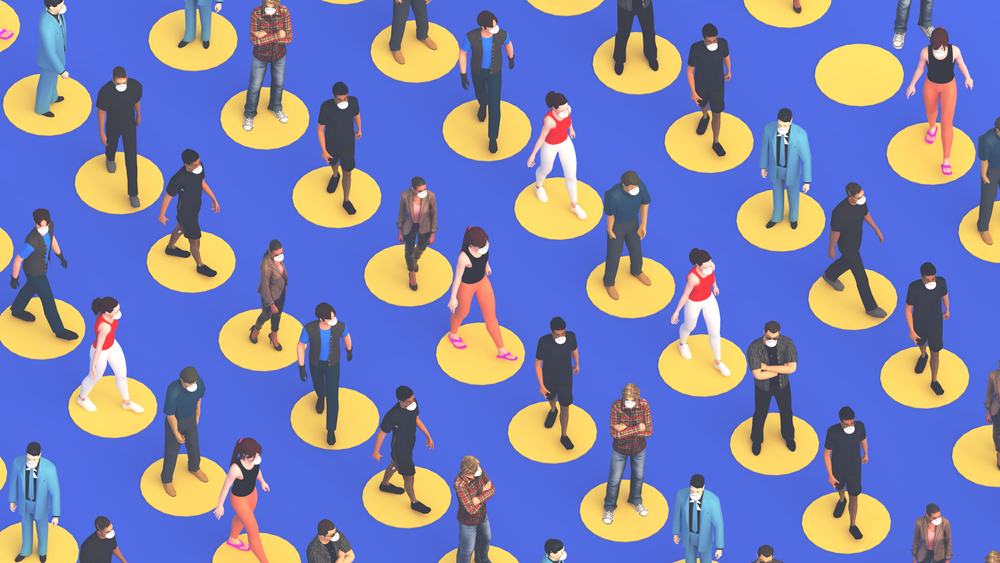 It is difficult for them to recognize all parts of the word - for example, they may confuse "bread" and "plaid". Repetition of rhymes and singing along with movement exercises such as marching, dancing and jumping to the beat helps children better divide the language into sound units, especially if the divisions are somehow accentuated, Goswami says. Recent studies show that this practice actually improves language development.
It is difficult for them to recognize all parts of the word - for example, they may confuse "bread" and "plaid". Repetition of rhymes and singing along with movement exercises such as marching, dancing and jumping to the beat helps children better divide the language into sound units, especially if the divisions are somehow accentuated, Goswami says. Recent studies show that this practice actually improves language development.
Dance as a therapy for autism
Autism Spectrum Disorder (ASD) in one form or another affects about one in 54 children worldwide. It is more difficult for such children to make contact with other people, understand their intentions, and express their own emotions. This feature in adulthood often interferes with making friends and generally adapting to society, and can limit a person in choosing a profession. There are therapies that help compensate for the manifestations of autism. Among them there is also a dance one.
According to one of the neurophysiological theories of autism, the connections between the two hemispheres of the brain are not well developed in this disorder.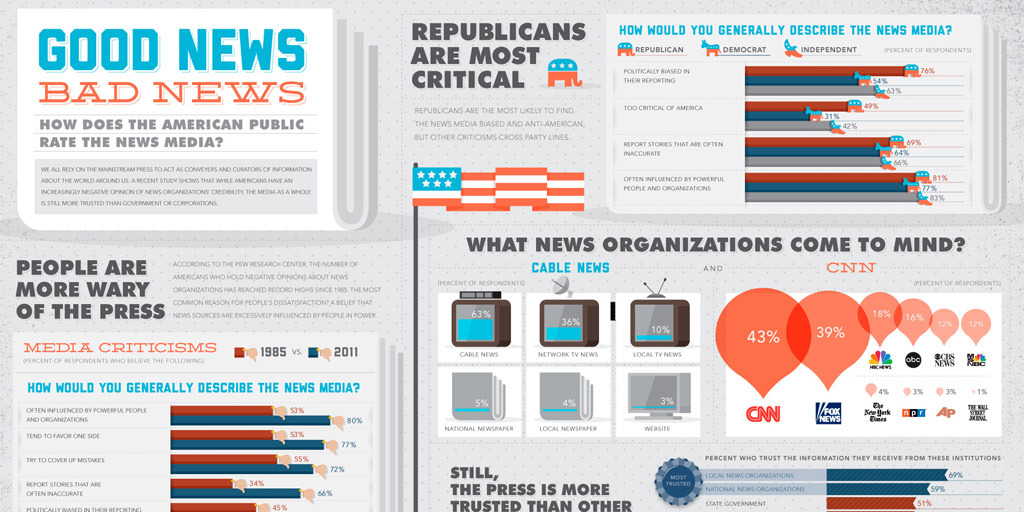 According to scientists, weak interhemispheric synchronization prevents different parts of the brain from exchanging information. This can manifest itself, for example, in difficulties associated with generalization, intuitive thinking, understanding other people's intentions and one's own experiences.
According to scientists, weak interhemispheric synchronization prevents different parts of the brain from exchanging information. This can manifest itself, for example, in difficulties associated with generalization, intuitive thinking, understanding other people's intentions and one's own experiences.
Physiotherapist Anyana Bhat of the University of Delaware believes dancing can spur interhemispheric connections. "Scientists have long noticed that dancers and musicians demonstrate a greater relationship between areas and hemispheres of the brain," she explains. “Many studies show that social skills, such as smiling and verbalizing emotions, are better developed in children with autism when they participate in games with social interaction compared to sedentary games, such as checkers or Lego building.”
Related topics
Dance movement therapy is really used today to work with children who have been diagnosed with ASD. According to psychologist Veronica Wojciechowska, it is "aimed at bridging the gap between the mental and the physical," at "acquainting the child with the body. " The specialist helps children work on emotional clamps, relieve nervous tension, and express spontaneous emotions.
" The specialist helps children work on emotional clamps, relieve nervous tension, and express spontaneous emotions.
Movement is an antidepressant
"When do people sing? When they are happy," said the heroine of the film "Irony of Fate". The same can be said about dancing. But in a state of severe stress or depression, a person is not up to dancing to incendiary rhythms. On the contrary, you want to shrink into a ball or lie on the floor without moving. But if the state of the spirit affects the reactions of the body, maybe the opposite is also true - can work with the body bring you out of an emotional "corkscrew"?
This idea is the basis of somatic therapy, which was developed in 1997 by physiologist Peter Levin, a former NASA stress consultant. His approach was based on observing how wild animals react to life-threatening situations and how they recover from them. Lewin discovered that animals are able to "reboot" their autonomic nervous system, releasing excess energy resulting from severe stress: when the threat has passed, they actively shake themselves, shiver and breathe deeply.
The human body after a traumatic event (this may be a strong stress, loss or other negative experience) can linger for a long time in the mode of reaction to psychotrauma. The tension that has accumulated in the body does not get an outlet. This can lead to the development of neurosis and depression. One way to "reboot" the body can be movement. In our case, dance.
About this topic
During dance therapy, through movement, a person learns to express his pain, to live it, and thereby let it go. In one of the recent studies supporting this idea, the authors found links between certain movements and feelings of happiness, sadness, fear, or anger. By repeating them, you can learn to manage your experiences. And a three-year review of dance therapy studies confirmed that dance therapy is effective in treating adults with depression.
Tango with Parkinson
Parkinsonism is often presented as a kind of universal senile feature: shaking hands, strange facial expressions, generally poor coordination of movements. In fact, this is a disease that can affect a person regardless of his age. One of the most famous examples is actor Michael J. Fox, who most know as the charming Marty McFly from the Back to the Future film trilogy. He was diagnosed at the age of 30.
In fact, this is a disease that can affect a person regardless of his age. One of the most famous examples is actor Michael J. Fox, who most know as the charming Marty McFly from the Back to the Future film trilogy. He was diagnosed at the age of 30.
In Parkinson's disease, nerve cells in the brain that regulate the functioning of muscles (in particular, their inhibition) die. But the brain is plastic, especially at a young age. There is much evidence that functions lost due to cell death can be taken over by other, untouched areas. And dance, apparently, can contribute to this. At least that's what some interesting studies say.
For example, long-term dance classes (six to 18 months) have been shown to improve attention, verbal memory, and neuroplasticity in healthy older adults. Moreover, the effect was stronger in comparison with conventional fitness training. The researchers also found improvements in memory and other mental functions in older adults with mild cognitive impairment (an early form of dementia) after a 40-week dance course.
In addition, a recent review of seven studies that compared the effects of dance and non-dance therapy in Parkinson's disease found that dance is particularly beneficial in strengthening the executive functions of the brain. In other words, it increases the activity of those areas that allow us to control our behavior: to control attention, to show will, to perform purposeful actions.
'In Bolivia, Parkinson's Disease is Treated with Dance / Khabar TV Channel 24'
According to the researchers, in a broad sense, dance training is beneficial because it maximizes the connection between the body and the brain. At the same time, it is necessary not only to learn the movements, but also to perform them in sync with the music. This immediately gives many advantages. Such training improves not only muscle tone, strength, balance and coordination, but also memory, attention and orientation in space.
Stroke is also amenable to
An insidious feature of a stroke is that it can affect almost any area of the brain. In this case, there is, as it were, an emergency shutdown of the affected area. We have a good idea of this condition from the descriptions (and some, alas, from our own experience): suddenly one half of the face, an arm or a leg is paralyzed. How strong and permanent the defeat will be depends on many factors. Including from competent rehabilitation. Dancing can help here too.
The Baltimore Veterans Affair Medical Center conducted a study on the impact of dance aerobics on stroke rehabilitation. Aerobics was a popular form of exercise especially at 1980s. The difference of this type of dance is that it helps to develop certain parts of the body. The authors studied isolated, repetitive movements that included active work of the arms and legs.
The results showed that such exercises actually helped patients improve mobility and dexterity. The secret is in the same plasticity, you guessed it. Untouched areas of the brain can take control. But it's like treading a path blindly. Signals from the nerves must lead a new path to the brain, and for this you need to stimulate their activity. The more coordinated the nerves "shoot", the more likely it is that such a path will appear. In the case of dancing, music helps.
The secret is in the same plasticity, you guessed it. Untouched areas of the brain can take control. But it's like treading a path blindly. Signals from the nerves must lead a new path to the brain, and for this you need to stimulate their activity. The more coordinated the nerves "shoot", the more likely it is that such a path will appear. In the case of dancing, music helps.
Of course, in all these cases, to achieve the effect, it is better to follow proven methods. Dance therapy should be recommended by a specialist you trust. But no one forbids dancing just like that. It certainly won't do any harm!
Anton Soldatov
Russians strive for the impossible The most famous dancer on the planet about the end of the world, nightclubs and incredible Russians Hall” with the new Dangerous Games program will be performed by the world-famous Irish dance troupe Lord of the Dance. Dangerous Games is a magical combination of ancient Celtic melodies, Irish tap dancing, synchronized corps de ballet and intricate acrobatic routines with the latest stage technology, colorful costumes and powerful special effects.
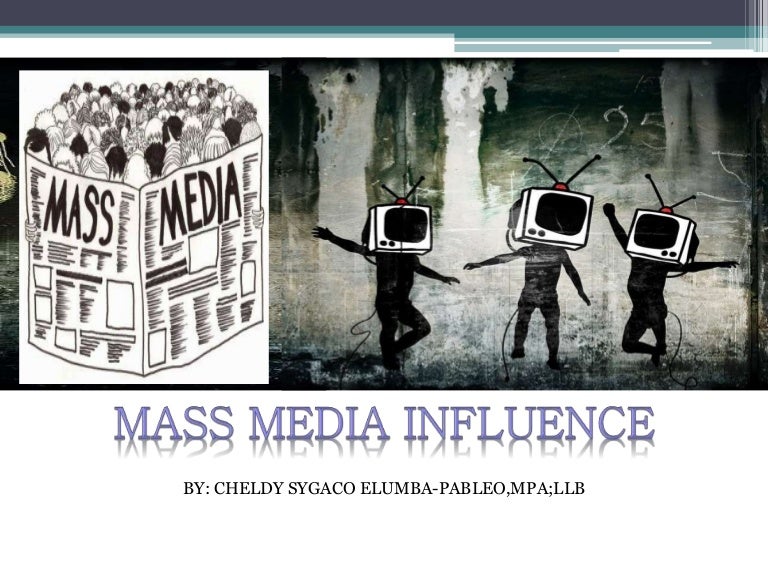 The creator of Lord of the Dance and the most expensive dancer in the world Michael Flatley told Lenta.ru about the new show, the famous Irish character, the mysterious Russian soul, dancing on Red Square and the end of the world.
The creator of Lord of the Dance and the most expensive dancer in the world Michael Flatley told Lenta.ru about the new show, the famous Irish character, the mysterious Russian soul, dancing on Red Square and the end of the world. Boxing, flute and tap dancing
Apart from classical ballet, it is Michael Flatley who is now the most famous, influential and expensive dancer in the world. In the Guinness Book of Records, he is mentioned three times at once: he holds an incredible tap dance speed record (35 beats per second!), he is the highest paid dancer in history, and his legs were insured for 57.6 million dollars.
Michael Flatley - Lord Of The Dance
Michael Flatley created what is now considered the national Irish dance around the world. His shows - Riverdance, Lord of the Dance, Feet of Flames, and Celtic Tiger Live - have taken place in 60 countries and have attracted a total of more than 70 million viewers.
Mike was born in 1958 in Chicago to a large Irish family.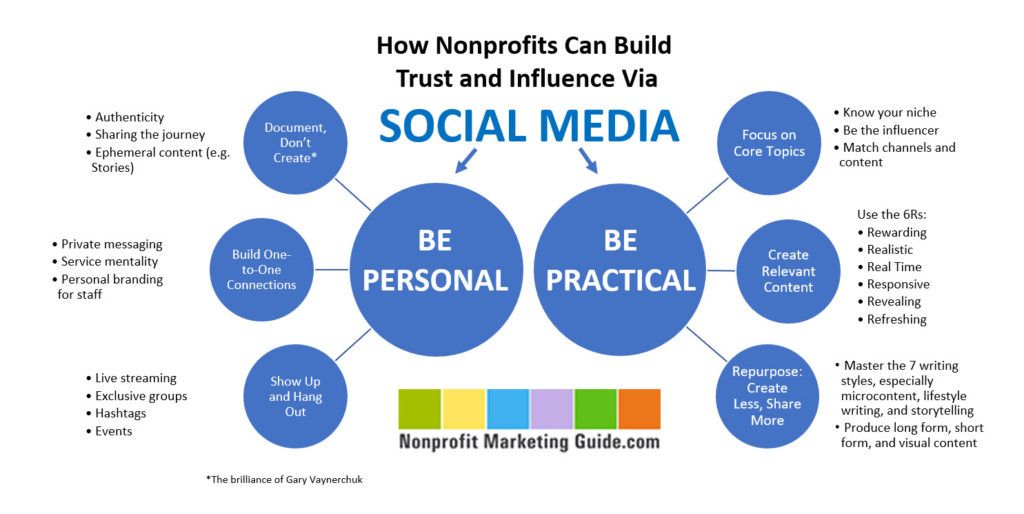 His parents moved to the USA in 1947. He inherited his dancing talent from his mother's side: his grandmother was the champion of Ireland in tap dance, his mother is a professional dancer. And the father is an ordinary plumber who was very fond of music and insisted that his son learn to play the flute. At the age of ten, Michael began to study Irish folk dance and ... boxing. And at 17 he became the champion of America in Irish tap dancing, the winner of the competition for the best Irish flute players in the USA and the champion of Chicago among amateur boxers. Several roads opened before the young man. A choice had to be made, and Michael Flatley chose the dance.
His parents moved to the USA in 1947. He inherited his dancing talent from his mother's side: his grandmother was the champion of Ireland in tap dance, his mother is a professional dancer. And the father is an ordinary plumber who was very fond of music and insisted that his son learn to play the flute. At the age of ten, Michael began to study Irish folk dance and ... boxing. And at 17 he became the champion of America in Irish tap dancing, the winner of the competition for the best Irish flute players in the USA and the champion of Chicago among amateur boxers. Several roads opened before the young man. A choice had to be made, and Michael Flatley chose the dance.
Irish character and Russian soul
Lenta.ru: Can the Lord of the Dance show be considered an Irish folk dance or is it more of a modern dance?
Michael Flatley: The dance that presents the Lord of the Dance show was created by me. It is based on traditional Irish dance, but I have modified it, modernized it and adapted it for the modern stage. When I was very young, I taught myself to dance and came up with my own moves along the way. I did not experience any influence from other dancers then. I wanted the Irish dance to use not only the legs, but also the body and hands, so that it would be faster, so that some kind of action would take place in it, the speed would change. And as a result, yes, it is an Irish dance, but it is also much, much more.
When I was very young, I taught myself to dance and came up with my own moves along the way. I did not experience any influence from other dancers then. I wanted the Irish dance to use not only the legs, but also the body and hands, so that it would be faster, so that some kind of action would take place in it, the speed would change. And as a result, yes, it is an Irish dance, but it is also much, much more.
Michael Flatley
Do people in Ireland now dance as part of their daily routine?
Yes. Dance is a significant part of Ireland's national culture, and since I transformed it in this way, it has become even more popular, especially among young people. Now the dance has a huge number of fans, and I'm very proud of it. Everyone dances in Ireland because it's in our blood.
People often talk about the famous Irish character. Irish character - what is it?
The Irish are full of life, joy, pain, sorrow, thirst for struggle... Full of all these wonderful things that create the unique Irish character.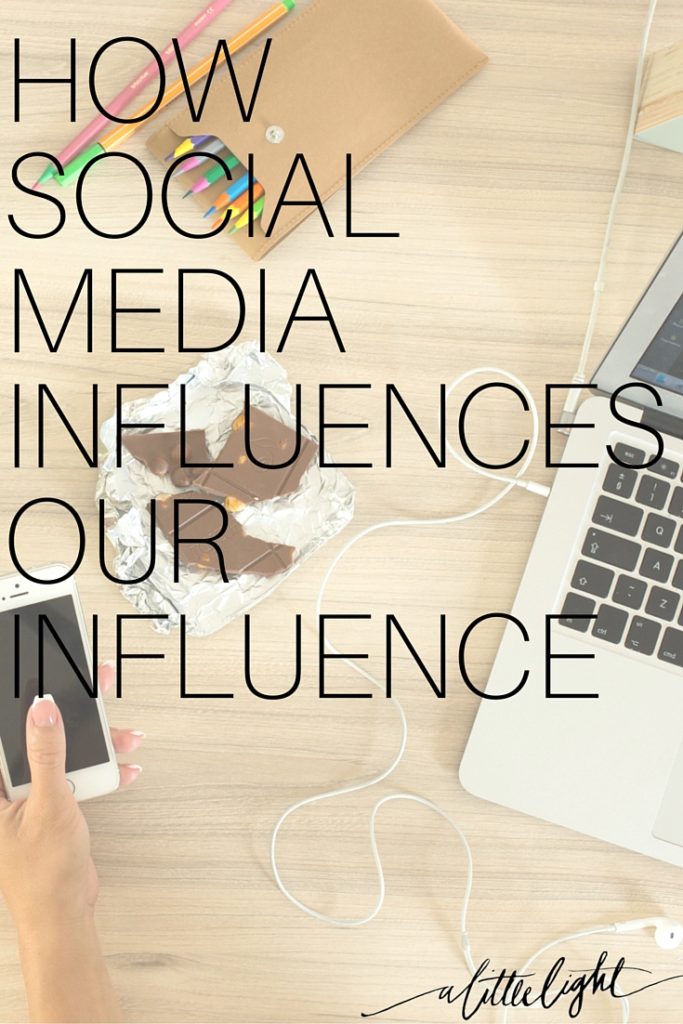
How does this manifest itself in the national dance?
When I first saw how the Irish dance in their homeland - absolutely impassive, with a straight back, hands pressed to their sides - I could not understand it. Because in the rest of the world the Irish dance in a different way: with passion, having fun, joking, laughing, playing, singing, telling each other stories... And in Ireland, absolute asceticism: pressed hands, a stony expression on their faces... I wanted to change everything. Why should we dance without emotion, with our hands clasped? We won't do that! And I changed it. I think what happened as a result is much more in line with the national Irish character and national dance.
Lord of the Dance show
Photo: @michaelflatleyofficial
What do you think about Russian folk dance? After all, you have repeatedly visited our country and are probably familiar with the Russian dance tradition. To what extent, in your opinion, does Russian dance express our national character?
I was very, very impressed by the performance of the Moiseev Russian Folk Dance Ensemble. Of course you know them. They are great! I got to know the men and women of this ensemble and their passion for dancing was incredible. And another time I saw a ballet in which Baryshnikov danced, and it was something not from our world at all. The Russian soul has a passion for perfection. Russians strive for the impossible, strive to do what no one else can do. Something that is beyond. I saw how long Baryshnikov could stay in the air. He flew, he hovered in the air thanks to the incredible power of his legs. It takes crazy talent and years, years of training from a fantastic mentor who could teach him how to stay in the air for so long to get to that level. For me, this is the Russian character.
Of course you know them. They are great! I got to know the men and women of this ensemble and their passion for dancing was incredible. And another time I saw a ballet in which Baryshnikov danced, and it was something not from our world at all. The Russian soul has a passion for perfection. Russians strive for the impossible, strive to do what no one else can do. Something that is beyond. I saw how long Baryshnikov could stay in the air. He flew, he hovered in the air thanks to the incredible power of his legs. It takes crazy talent and years, years of training from a fantastic mentor who could teach him how to stay in the air for so long to get to that level. For me, this is the Russian character.
Michael Flatley
Photo courtesy of Lord of the Dance
Dancing in 3D
Can dance help with any personal psychological problems? In other words, is dance therapy possible?
I think everything is possible. For example, when I dance, I get rid of problems, I relax internally and feel happy.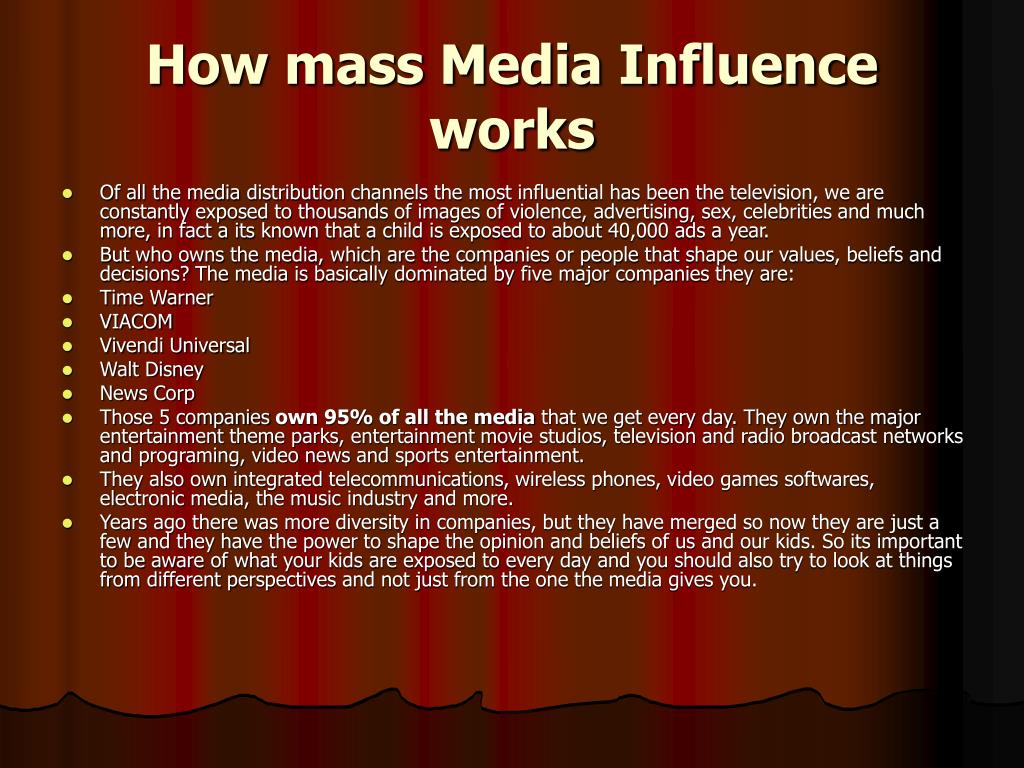 Dance brings me a sense of harmony and balance. You could call it dance therapy. The same thing happens when I play music.
Dance brings me a sense of harmony and balance. You could call it dance therapy. The same thing happens when I play music.
Are you a professional dancer and do you sometimes go to a nightclub or disco to dance?
No. Never.
Why?
I'm not interested. I'm not the kind of guy who goes to nightclubs. Sometimes on tour I can go to a nightclub with my dancers. They can go dancing if they want, they are not forbidden. And I'd rather sit with my martini at this time. I dance, or rather danced, I'm only on stage.
Show Lord of the Dance
Photo courtesy of Lord of the Dance
You have been dancing for over forty years. How has dance changed over this time?
Very strong. But he had to change. The dance pushed the boundaries, but did not break them. Irish dance is a discipline, in that respect it is not particularly different from ballet. He has his own school, there is a certain set of characteristics and there are limitations that cannot be ignored. I'm following this myself. The main choreography of the dance remains the same, and the development of the show comes from the direction, the story we present, rock and roll light, sound, pyrotechnics, holography, great costumes, and finally, the audience.
I'm following this myself. The main choreography of the dance remains the same, and the development of the show comes from the direction, the story we present, rock and roll light, sound, pyrotechnics, holography, great costumes, and finally, the audience.
Can you compare Riverdance and Dangerous Games? 25 years have passed between these shows.
They are similar in many ways because I created both of these shows. They have a lot in common. Riverdance was very good for its time, for 1994. But the world has come a long way since then, and Dangerous Games is up to par. This is a show on a whole other level. I haven't seen Riverdance for a long time and I don't know what they are doing now and how they are received by the public. As for Lord of the Dance and our new Dangerous Games program, it's going very well all over the world.
How has the new digital technology affected the show?
Very much influenced. For example, in our new program we use my hologram.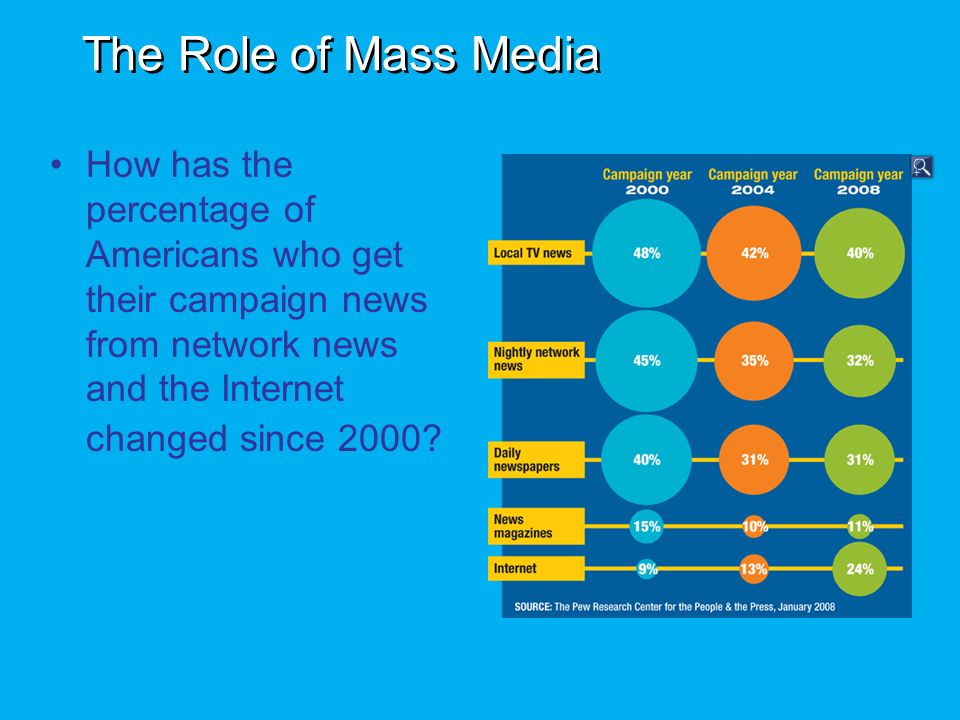 I no longer go on stage, but my hologram dances instead of me. Then they become two, three. Three of my holograms. This fragment of the show is especially popular with viewers. 20 years ago it was impossible. And ten years ago it was impossible. Even five years ago. A great gift that new technologies have given us. But it doesn't come cheap either.
I no longer go on stage, but my hologram dances instead of me. Then they become two, three. Three of my holograms. This fragment of the show is especially popular with viewers. 20 years ago it was impossible. And ten years ago it was impossible. Even five years ago. A great gift that new technologies have given us. But it doesn't come cheap either.
I recently made a report about the show Sleeping Beauty Dreams, in which our leading ballerina Diana Vishneva is engaged. This is a high-tech show using special costumes with sensors that transmit the dancer's movements to a computer, a special program processes them and then projects them onto a 3D screen in the form of various avatars. "Dreams of the Sleeping Beauty" was successfully shown at several venues in Russia, including the Crocus City Hall, where Lord of the Dance will perform, and now they have begun a US tour. Do you know something about it?
Yes, I have heard about this show and would love to see it live. Did you like it?
Michael Flatley - Lord Of The Dance
Yes.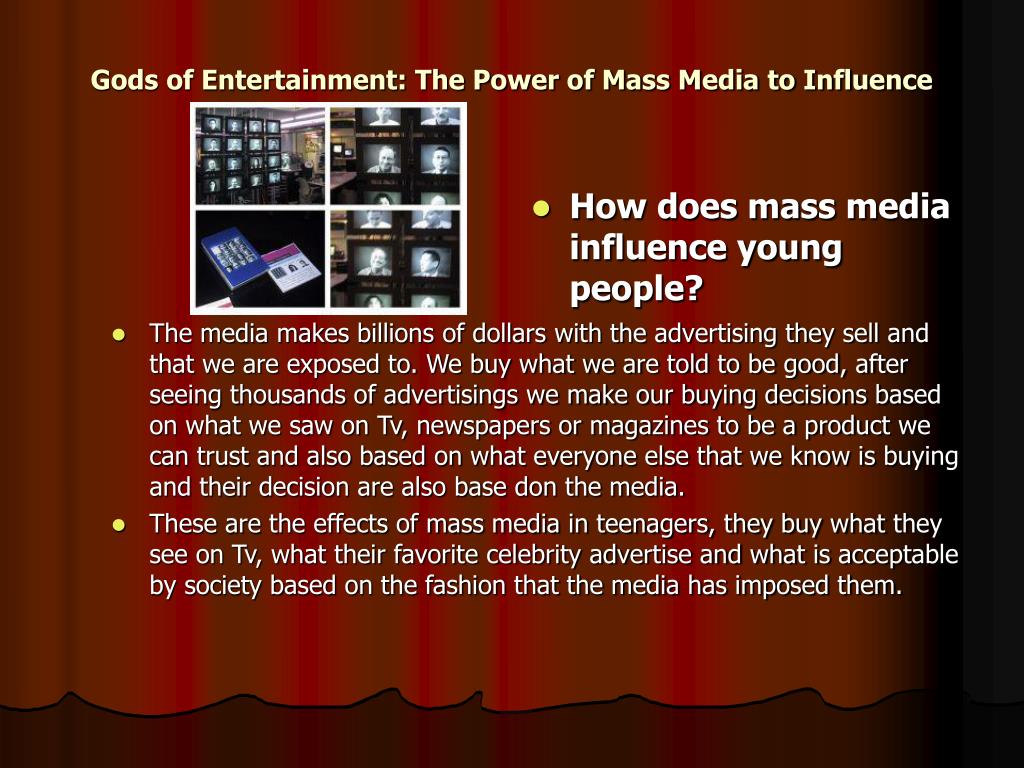 Everyone knows that Sleeping Beauty slept for a hundred years, but no one thought about what kind of dreams she had all this time. The show gives you the opportunity to see these dreams with your own eyes. A ballerina dances on the stage, and avatars of her passions, feelings and nightmares dance with her on a 3D screen. And all this with modern electronic music.
Everyone knows that Sleeping Beauty slept for a hundred years, but no one thought about what kind of dreams she had all this time. The show gives you the opportunity to see these dreams with your own eyes. A ballerina dances on the stage, and avatars of her passions, feelings and nightmares dance with her on a 3D screen. And all this with modern electronic music.
Sounds great. I wish them success. If I get a chance, I'll definitely go to see it.
Dangerous Games and a night on Red Square
Tell us about Dangerous Games. What is this project?
Dangerous Games is a big, bright, colorful dance show. The storyline contains a fair share of love and a fair share of evil. Our hero must go through difficult trials before he wins. Quite a life story. We've all had to deal with this. But everything will end well. The public likes it. Everyone sits until the end, no one leaves. I am especially pleased with this.
You are the creator and director of Dangerous Games, but you don't dance anymore, your three holograms dance instead of you in the show. Are you coming to Moscow?
Are you coming to Moscow?
Most likely. I really want to come and see the show in Moscow. I love your capital very much. Once we performed at the Kremlin Palace and lived at the Baltschug Kempinski Hotel. I remember one night, after an excellent dinner with a bottle of good wine, I went for a walk on Red Square. It was one in the morning, very cold and almost no one. I took off my coat and started dancing. Few people looked at me like I was crazy. And I flew back and forth across the square, and my heart jumped out of my chest. It was a wonderful feeling to dance at night in Moscow on Red Square, in Russia, where the most famous dancers in the world came from. This is my pride, and I will not forget it until the day I die.
Lord of the Dance show
Photo courtesy of Lord of the Dance
What are you doing now?
I continue to work hard: I prepare new performances, create dance numbers for them, I just finished my first feature film "Blackbird" (Blackbird).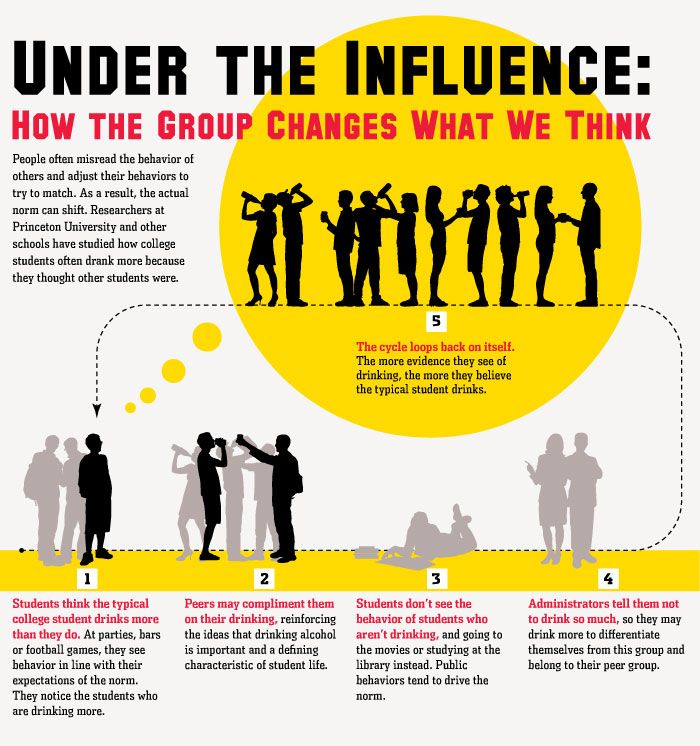 This is a spy thriller starring Eric Roberts and Patrick Bergin. I am simultaneously working on a book and a documentary film about my life. Participating in TV shows, looking for new dancers for the troupe ... A lot of things.
This is a spy thriller starring Eric Roberts and Patrick Bergin. I am simultaneously working on a book and a documentary film about my life. Participating in TV shows, looking for new dancers for the troupe ... A lot of things.
A lot, but you don't dance anymore? At all?
No, I don't go on stage anymore. My body is beaten and broken. But I'm even glad about it, now I have time to do something else. Do what I have long wanted to do. Thanks to injuries, I now have such an opportunity, and I'm not going to miss it.
Michael Flatley - Lord Of The Dance
Doors open...
My last traditional question is: do you believe in God, heaven, hell and life after death?
A very difficult question. But I like him. I was born into a Catholic family. I am Catholic. At home we talked a lot about God, heaven, hell and life after death. I believe that there is definitely something beyond life, but I do not think that a person is able to comprehend the essence of God, to understand who or what God is.